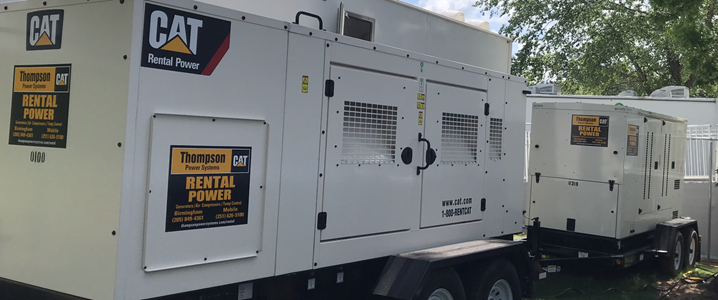

Diesel generators are excellent for covering power needs during an outage or while working off the grid. Like any equipment that burns fuel, however, they do release some emissions. Generator models designated as Tier 4 are designed to meet Environmental Protection Agency (EPA) emissions standards pertaining to the release of pollutants like nitrogen oxides and particulates into the atmosphere.
Users can keep their working conditions healthier and practice environmental responsibility by selecting Tier 4 generators for their power generation needs. Learn more about Tier 4 generator requirements and the differences between generator tiers.
In its efforts to preserve the environment and promote better health, the EPA sets standards for the amount of emissions a nonroad diesel engine can release. Meeting these standards requires manufacturers to produce diesel engines with integrated emissions control technology.
In 2015, the EPA completed its phase-in of Tier 4, the strictest regulations yet on how cleanly the diesel engine in a stationary generator must burn fuel to produce energy. Models that meet Tier 4 generator requirements run more quietly, yield greater fuel efficiency, and leave the air in their operating area cleaner than lower-tier alternatives.
Tier 4 generators use advanced emissions control measures like exhaust gas recirculation and diesel particulate filters to meet these standards.
A generator’s tier classification indicates the percentage of nitrogen oxides, particulate matter, hydrocarbons, and other pollutants it removes from the diesel exhaust. This structure was launched with Tier 1 regulations in 1991. Each successive tier imposed tighter restrictions on diesel emissions and required manufacturers to meet them.
In 2006, the EPA began phasing in its Tier 3 standards, requiring all new diesel generator engines to meet regulations for increased control of hydrocarbons over earlier models.
Tier 4 generator requirements go considerably further in terms of producing a clean burn, resulting in a 90% reduction in particulates over the already advanced performance of Tier 3.
Generally, you can use a Tier 3 or even a Tier 2 generator if you only intend for it to provide emergency power. Since these tiers already represent a substantial reduction in emissions over earlier generator designs and backup models generally run for short periods, they have a sufficiently low impact on air quality to be acceptable for this purpose. Primary and portable generators, however, must meet Tier 4 requirements.
Though using a Tier 4 generator may not be necessary for a given application, it will always yield benefits. Additionally, some governing bodies require them for specific regions and industries, so consult an expert if you’re unsure which tier best suits your needs. If in doubt, simply opting for a Tier 4 model may be the best course of action to ensure compliance and minimize emissions in your operation.
The Thompson Power Systems team has the experience to help you select the best generator for your job site or facility. We sell and service a full range of power generation solutions that run on advanced Tier 4 Cat® diesel engines.
Connect with our team today to request more information about our generators and their compliance with EPA regulations.